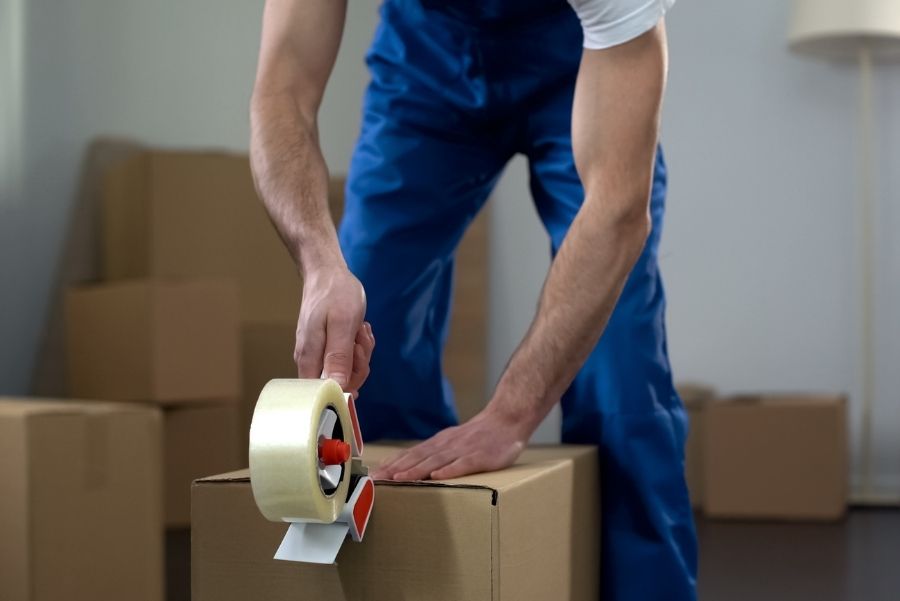Moving can be very stressful, especially if you are moving to a different state. But with the right preparation and planning, moving can be manageable. You have to make sure you consider all possible options and weigh them accordingly.
A recent survey suggests that younger Australians are more likely to move. The survey indicates that one-third of people aged between 20-29 and a quarter of people aged 30 to 39 had lived differently in 2016 compared to 2015. This page can be a good source of information for them.
In particular, the Australian Bureau of Statistics said that 85,500 people moved interstate in 2020. It’s a large number, although it is 14,800 less compared to 2019, maybe due to the effects of the COVID-19 pandemic. Queensland gained the most number of people due to interstate migration at a net gain of 6,800 people. Greater Brisbane was second with a net income of 3,200 people. On the other, Melbourne had a net loss of 8,000 people, which means more people moved out of Melbourne to other states.
Each state will have different regulations and laws, so it’s wise to check the rules of the condition your moving into.
Preparing for your move
Moving to another state within Australia is a big task, so it takes weeks of preparation. Here are essential step-by-step guides that you can follow to make your move as smooth as possible.

- Notify the bank, electoral office and other government agencies of your new address. Make sure to update your address in your Drivers License and car registration.
- Prepare an inventory of the things in your home, including their present condition.
- Dispose of things that you don’t need. You can also try having a yard sale and earn a little from the things that you don’t nee anymore. You can use these funds to supplement the cost of moving.
- Make sure that your mail will be redirected to your new address.
- Coordinate with schools, Pre-schools or College on transfer requirements to have a smooth transition to another school.
- Returned all borrowed items and pay all the bills and inform biller like credit cards of your new address.
- Arrange boxes and packing materials; make sure each one has a proper label. Make sure fragile items are marked and are secured with bubble wrapping.
- Make sure to secure large furniture, beds, cabinets, appliances and large objects. Place protective packaging to ensure that they will not be damaged. Small items like remotes should be placed in a separate box and properly labelled.
- Pack your luggage and documents and make sure you take them with you. The moving company can transfer the other household items.
- Organized the new and old house keys, then return them to the real estate agent or new tenant.
- Make sure to coordinate to the moving company on the details of the transfer. Make sure you’re covered by insurance for any damages or loss items. Get their contact number and email. Check your items if their things missing and report them right away to the mover.
- Check your pets and make sure they are adequately hydrated and fed during the move.
There are three ways of moving interstate either by plane, road, or rail, but it all depends on the state’s distance, how quickly you want to reach your destination, and your budget. For worry-free moving, you can hire a professional removalist who will take care of all moving your needs. But if you are on a budget, the help of family and friends is always welcome.